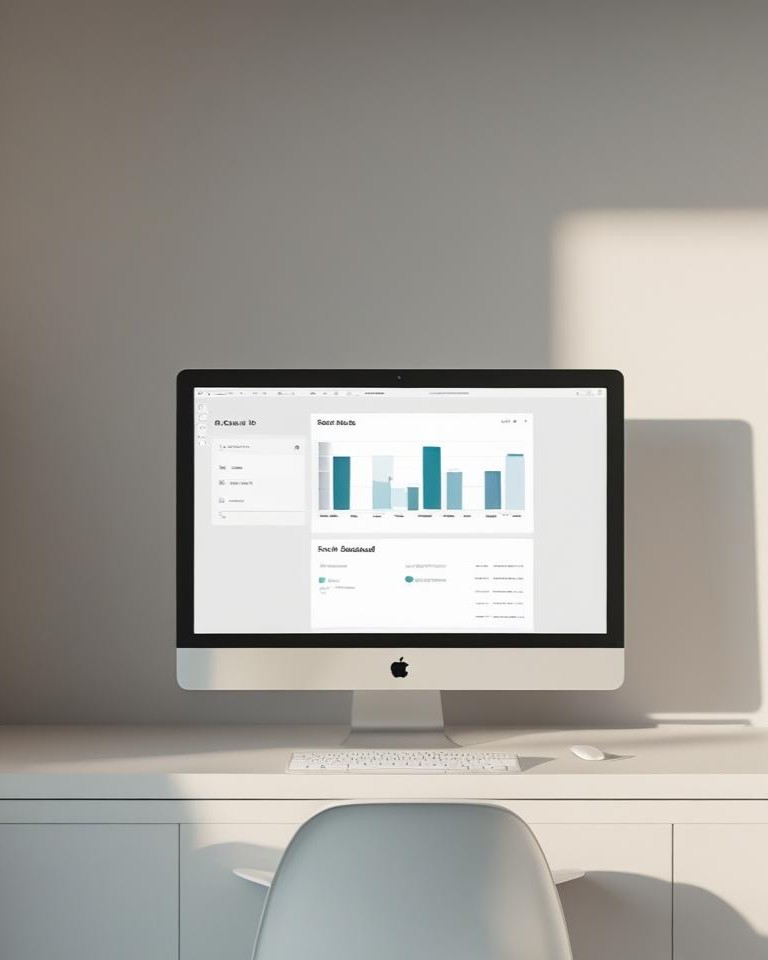If you run a limited company, you’ll know that corporation tax is one of those things that can sneak up if you are not keeping an eye on it. You are busy running the business, staying on top of client work, managing your team, keeping the cash flowing. Then suddenly the tax bill is due, and it can feel like a bit of a scramble.
It is completely normal to feel unsure about how much to set aside or when to start saving. The good news is that it is actually pretty straightforward once you have a system in place.
In this post, we will walk through seven practical ways to budget for your corporation tax. These tips are simple to use and easy to build into your routine, so that tax becomes just another part of running the business, not something to worry about.
1. Work out a rough idea of what you will owe
Before you can budget, it helps to know what you are budgeting for. Most UK limited companies pay corporation tax on their profits. If your profits are under fifty thousand pounds, the rate is nineteen percent. If they are over two hundred and fifty thousand, it is twenty five percent. For anything in between, there is a gradual scale.
You do not need to be exact. Just get a ballpark figure. A quick look at your net profit will give you a good starting point.
If you use Xero, the Profit and Loss report makes this really easy. You can also ask your accountant to give you a quick estimate based on how the year is going so far.
2. Open a separate savings account for tax
This is one of the best things you can do. Set up a second business account and use it just for saving your tax. Every time money comes into the business, move a portion into that account.
It’s a simple way to stay on top of things. Think of it like a pot that belongs to HMRC, not you.
If you’re not sure where to open that extra account, Monzo is a great option. Their business accounts make it easy to set up separate pots, and they even offer a Pro plan with 6 months of Xero for free.
Here’s the Monzo link, which will deposit £50 into your account when you sign up:
👉 Monzo – Claim your £50 and try the Pro plan
(Note: This is a referral link. You get £50, and we may receive a small commission too.)
3. Use Xero to track profit as you go
The easiest way to avoid surprises is to keep an eye on your profit throughout the year. If you use Xero, you can see this in real time. It gives you a clear picture of how much your business is making and helps you estimate what your tax bill might be.
If you want a more detailed forecast, you can also link tools like Float or Futrli. These work well with Xero and help you plan for what’s coming up.
4. Break it down into monthly savings
Your corporation tax is due 9 months and 1 day after your year-end. So if your year-end is 31 March, your tax bill is due on 1 January the following year.
Let’s say you expect to owe £6,000. If you’ve got 9 months until the deadline, aim to save around £667 each month. That feels much more manageable than trying to come up with the full amount at the last minute.
5. Use a percentage rule when money comes in
If your income changes each month, a fixed savings target might not work for you. In that case, use a percentage instead. Every time your business makes money, set aside part of the profit for tax.
As a guide:
If your profit is under £50,000, save around 19%
If it’s over £250,000, save 25%
If you’re in between, 21–23% is a good range
This keeps things simple and helps you build a consistent habit, even if your income goes up and down.

6. Build tax into your pricing
When you charge a client £1,000, it’s easy to forget that not all of that money belongs to you. Once you’ve covered costs and set aside tax, your take-home is often closer to £800.
If you start thinking about tax as part of your pricing, it becomes easier to protect your profit. You’re not surprised later when some of that income goes to HMRC, because you’ve already factored it in.
7. Review everything every 3 months
A quick check-in every quarter is a good way to stay on track. Look at your profit, see how much you’ve saved, and adjust your plan if you need to.
Maybe your profit has gone up and you want to save a bit more. Or maybe it’s been a quiet few months and you need to pause or reduce your savings.
You can do this yourself using Xero’s reports. Or if you’re supporting clients, it’s a helpful habit to build into quarterly reviews.
Ready to put this into action?
Corporation tax is just part of running a limited company. But it doesn’t have to feel like a surprise.
Here’s a quick recap of how to stay ahead:
Estimate your tax bill based on profit
Open a separate account and save into it regularly
Track your profit using Xero
Break the total into monthly savings targets
Use a percentage rule if your income varies
Factor tax into your pricing
Review your plan every 3 months
These small steps can make a big difference. They help you avoid last-minute stress and give you peace of mind all year round.
If you’d like help putting a simple, practical tax-saving system in place, I’d be happy to chat.
Take the pressure off your next tax bill. Book a free call and let’s build a plan that gives you clarity and confidence from now on.


Comments are closed